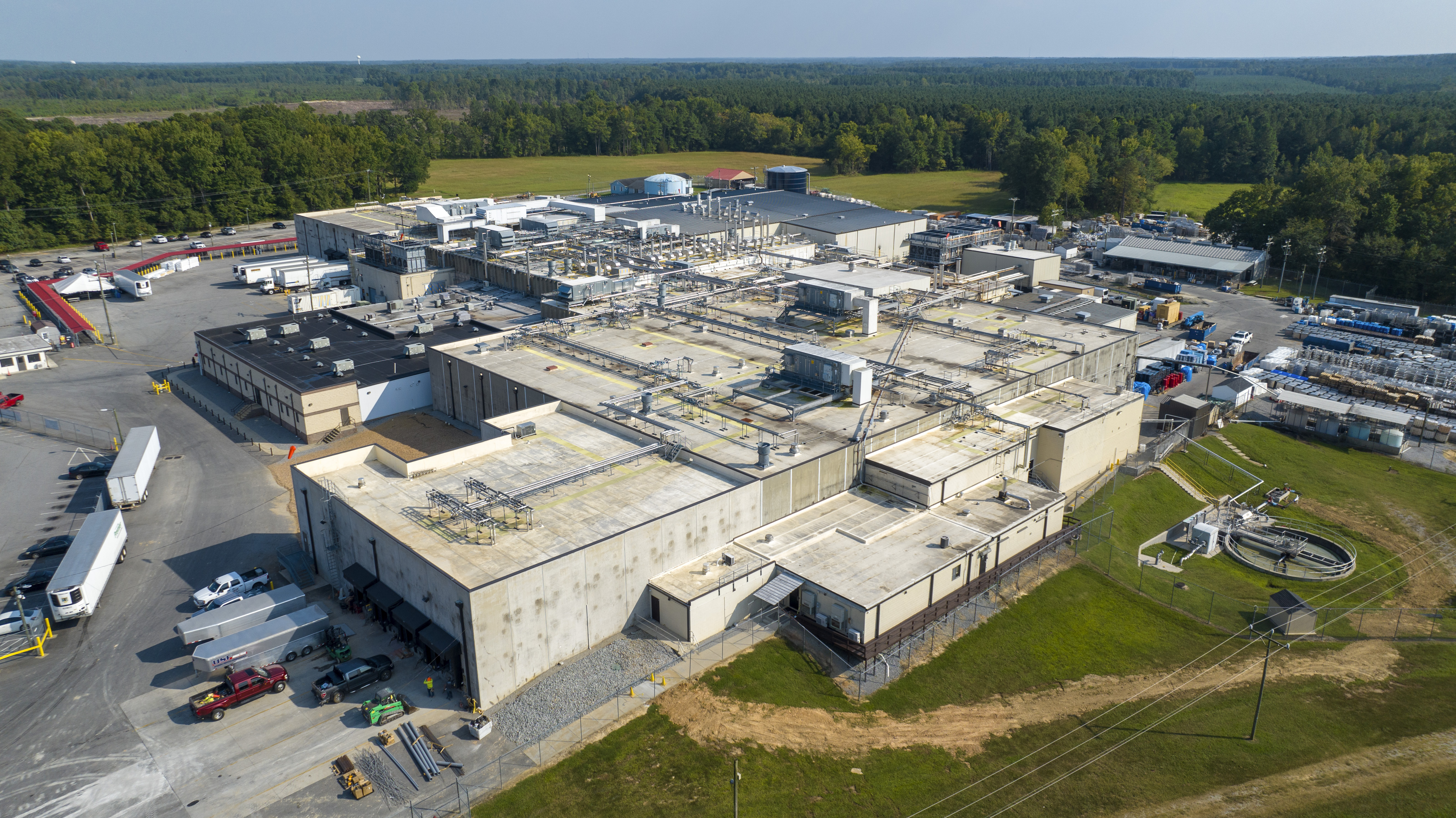PORTSMOUTH, Va. (WAVY) — It’s well documented that retailers are moving away from setting up shop in traditional indoor regional shopping malls.
In 2018, the vacancy rates at regional malls in the U.S. was at a then-five-year high of 9.1% according to Reis Retail Sector. The most recent report lists vacancies at 11.1%.
In Hampton Roads, there aren’t even as many indoor shopping malls to visit as there were four years ago.
Several retail-real estate professionals agree that trend will likely continue until only one or two traditional properties are left.
At a time, Hampton Roads had nearly a dozen regional malls between the Peninsula and the Southside. By February, there will be five remaining.
Last year Pembroke Mall closed after 55 years, and in January, Military Circle Mall will conclude a run nearly as long.
Of the five, MacArthur Center and Greenbrier Mall are currently going through foreclosure proceedings.
Nick Egelanian, president of SiteWorks Retail Real Estate Services, which provides targeted retail and mixed-use development consulting services to retailers, developers, owners and municipalities, said that our region is seeing the “late stages of the closure of the malls.”
“That is coming to its natural conclusion over the next few years,” Egelanian said. “Somewhere between one, and maybe the second, will survive. Certainly nothing beyond that.”
There are multiple reasons why Egelanian comes to that conclusion.
First, the number of online shopping sales has continued to increase. Online sales made up nearly 15% percent of total retail sales in the 3rd quarter in 2022, according to estimates from the U.S. Department of Commerce. That exceeds the 11.5% that Egelanian said catalogs accounted for at their peak.
He said while the rise in online shopping has certainly challenged the brick-and-mortar model, the popularity of building retail space is really what has done malls in. Egelanian said it has outpaced population growth for many years.
“The typical mall that was built back in the 1970s was built to serve up to 300,000 people,” Egelanian said. “It’s going to serve up to two million people today.”
He said long-term, he believes only Lynnhaven Mall and possibly Patrick Henry Mall to survive in the long term.
According to their respective owners’ most recent annual reports, Lynnhaven Mall in Virginia Beach has about 97% of its space leased. At Patrick Henry Mall in Newport News, it has roughly 95% of its space leased.
“At Patrick Henry Mall, We’ve actually been doing very very well with our traffic numbers,” Mikia Ross, marketing director for Patrick Henry Mall, said recently.
Sales trends at a majority of the mall’s anchor stores, which includes Macy’s, Dillards, JCPenney and Dick’s, are positive, according to a source not authorized to speak publicly.
However, both malls still carry debt.
However, the most recent annual reports for PRIET, Patrick Henry Mall’s owner, and Brookfield Properties, Lynnhaven Mall’s owner, state both properties have debt amounting to roughly 60% of what the mall is worth.
Jordan Lex, senior director of capital markets for JLL, said that is a position where a mall can still typically find refinancing.
“If that percentage is above 60% of value, then likely they are not going to be able to refinance,” Lex said. “Lots of shopping malls have mortgages that exceed value.”
“Somewhere between one, and maybe the second, will survive,” Egelanian said. “Certainly nothing beyond that.”
Nick Egelanian – SiteWorks Retail Real Estate Services
In the last two years owners defaulted on their loans for MacArthur Mall and Greenbrier Mall.
Both properties have one large vacant anchor store and have shed tenants in recent years.
Lex said the process to find a new owner can often take years. Complicating matters, not all property at malls is owned by one entity.
Dillard’s owns all their stores in Hampton Roads, even though they are all attached to the mall.
At Greenbrier, the vacant Sears property was recently purchased by developer Michael Sifen of Virginia Beach for $6.8 million.
“It’s a great location and he got a good price,” Eddie Bourdon, Sifen’s attorney, said. “He has no current plans other than eventually turning it into a more valuable asset than he paid for it.”
Chesapeake Square, meanwhile, has already gone through the foreclosure process. There, Pete Kotarides, President of Virginia Beach-based Kotarides Development, said demolition on the former Sears, Macy’s and JCPenney could begin next year, to be replaced by two other unnamed retailers it is talking to.
Egelanian doubts any of the Chesapeake or Norfolk properties will remain a mall.
“Rather than efforts to keep them alive,” Egelanian said, “you’re looking for groups to come along, along with really good positive partnership with the cities in which they’re in, to redevelop that land into what is best for the community.”
That often means the taxpayers are called in to help.
Earlier this year, the City of Virginia Beach dedicated $24 million to help build two parking garages as part of Pembroke Square Associates more than $161 million redevelopment plan for the former Pembroke Mall. The plan includes construction of a new hotel, apartments and senior living facilities.
In Norfolk, city leaders have plans to redevelop Military Circle Mall with an arena among other mixed uses.
























































